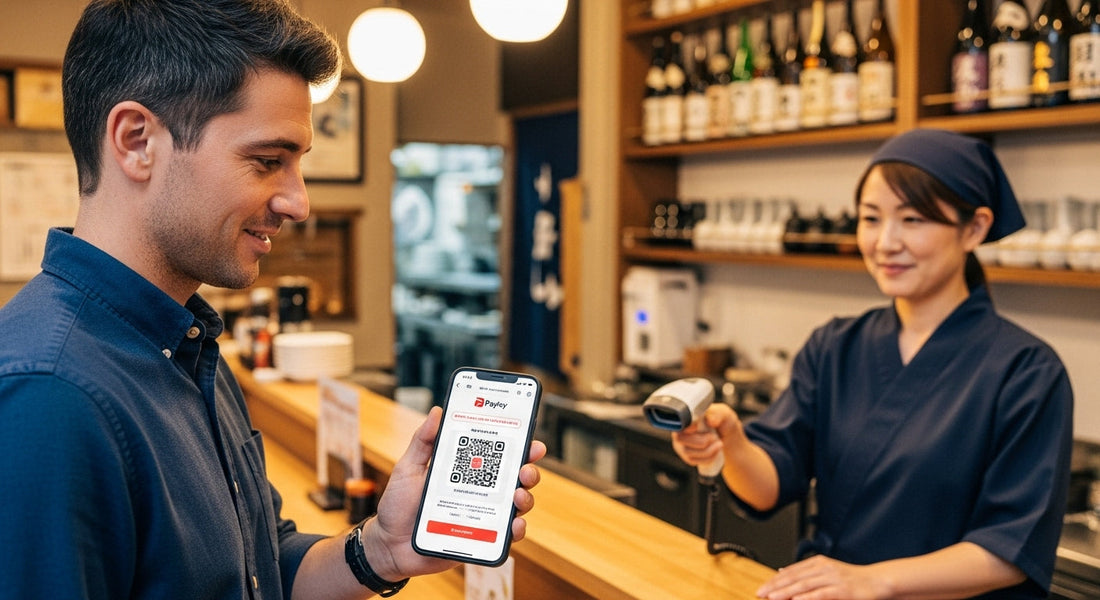
E-Pay in Japan: A Complete Guide for Foreign Residents and Travelers
What Are E-Pay Systems in Japan?
Electronic payment (E-Pay) systems in Japan are smartphone-based services that let you pay at convenience stores, restaurants, supermarkets, online shops, and even public transport — all without cash. Instead of handing over yen, you scan a QR code or tap your phone to complete a purchase instantly.
Foreigners often find Japan surprisingly cash-heavy, but in recent years services like PayPay, d払い (d-Barai), LINE Pay, and Rakuten Pay have exploded in popularity. In fact, according to the Ministry of Internal Affairs, over 40% of household payments in Japan now happen through cashless methods — a sharp increase since 2019.
People like these apps because:
・Payments are instant and secure.
・You can track spending inside the app.
・Loyalty points and cashback make everyday shopping cheaper.
・No need to carry coins, which are bulky in Japan.
Popular E-Pay Apps in Japan: Pros and Cons
PayPay
・Pros: Widely accepted (10M+ stores), frequent cashback campaigns, strong support in convenience stores and restaurants.
・Cons: Best benefits only for SoftBank/Yahoo users; using non-PayPay credit cards often reduces rewards.
d払い (d-Barai by Docomo)
・Pros: Excellent for Docomo users, up to 3% points back, usable both in stores and online (Amazon, Mercari, etc.).
・Cons: Rewards are less attractive if you are not a Docomo subscriber; fewer supported stores than PayPay.
Rakuten Pay
・Pros: Integrates with the popular Rakuten ecosystem (Rakuten Card, Rakuten Market), strong for online shopping.
・Cons: Smaller offline presence compared to PayPay; best for people already inside the Rakuten ecosystem.
Requirements for Setting Up an E-Pay App in Japan
Before you can use these services, you usually need a few things:
・Japanese Bank Account — Most apps require linking to a domestic bank account. Some also allow credit card registration, but foreign-issued cards may not always work.
・Phone Number in Japan — A Japanese carrier number (SoftBank, Docomo, au, or even prepaid SIMs) is often needed for verification.
・Japanese Reading Level — Apps and setup guides are usually in Japanese. Some have partial English support, but knowing how to read menus and error messages makes the process much smoother.
・Residence Status — Most services can be used by foreigners with a residence card, but short-term travelers may be limited to credit-card-based versions.
Tip: If you’re new in Japan, start with PayPay — it’s the easiest to set up and has the widest acceptance.
Final Thoughts: Should Foreigners in Japan Use E-Pay?
Absolutely. While cash is still common in Japan, E-pay systems provide speed, security, and savings through cashback and points. For foreigners, the learning curve is mainly in the Japanese language requirement and linking a local bank account, but once set up, these apps can make daily life much easier.
Want to Master Everyday Japanese for Payments and Beyond?
Navigating apps, banks, and daily shopping in Japan is easier when you can confidently read and speak Japanese. At Kizuna Training, our My Pace Immersion Program is designed for busy foreigners who want to learn Japanese on their own schedule. You’ll build real-life language skills for shopping, work, and social life — all without boring textbooks.
👉 Learn more about the My Pace program and start your Japanese immersion journey today.
